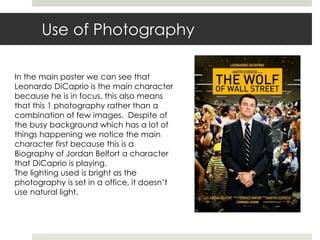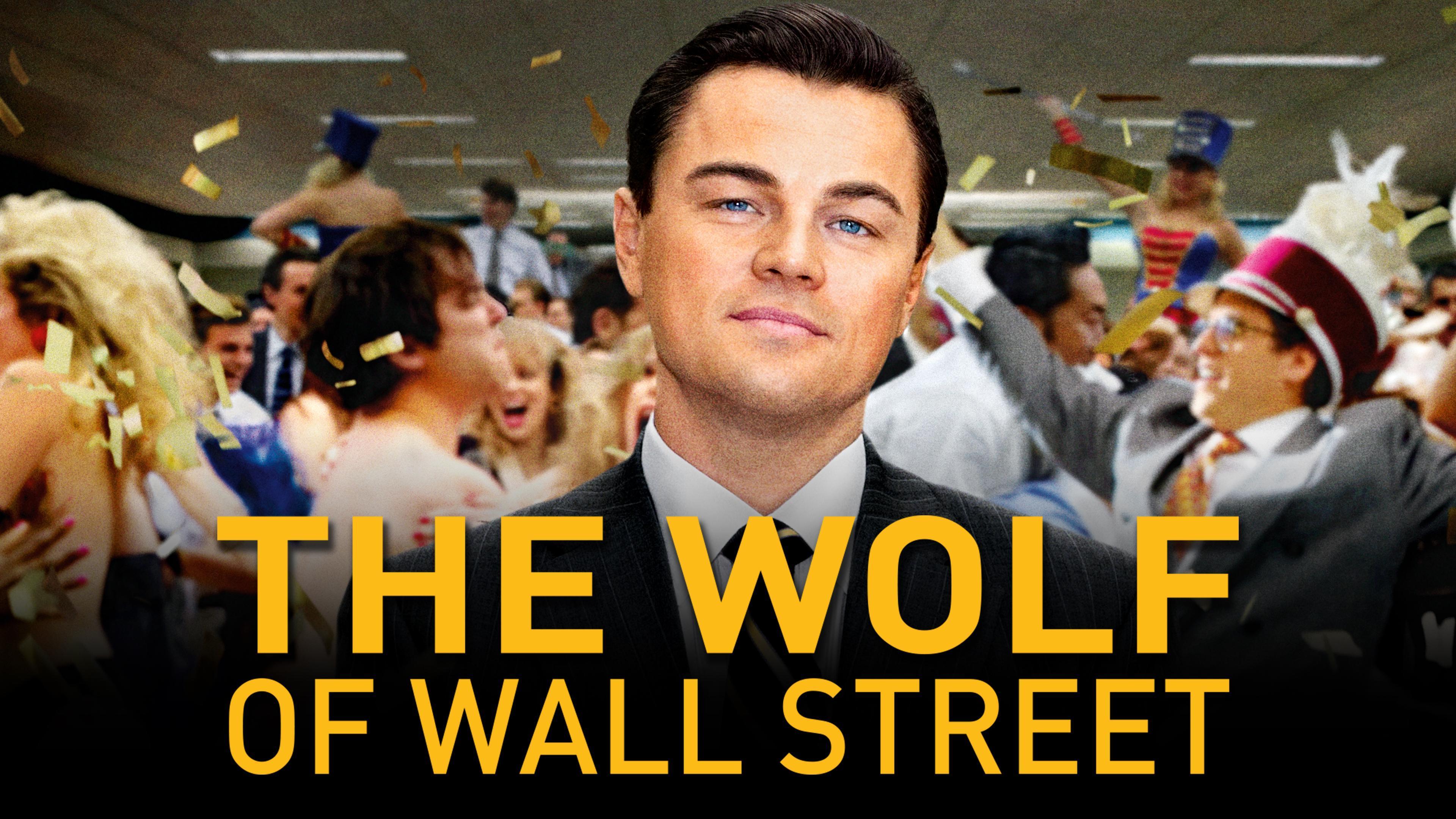In the realm of modern cinema, few films have sparked as much debate and introspection as Martin Scorsese‘s “The Wolf of Wall Street.” Based on the memoir of notorious stockbroker Jordan Belfort, the film offers a vivid portrayal of excess, ambition, and moral ambiguity within the financial industry. As audiences are drawn into its whirlwind of hedonism and high-stakes trading, a pressing question emerges: does “The Wolf of Wall Street” merely depict immoral behavior, or does it inadvertently endorse it? This article delves into the intricate layers of Scorsese’s cinematic narrative, examining whether the film serves as a cautionary tale or a glamorization of unscrupulous conduct. By analyzing the film’s thematic elements, character development, and audience reception, we aim to uncover the nuanced impact of “The Wolf of Wall Street” on societal perceptions of morality in the world of finance.
Exploring the Depiction of Excess and Greed in The Wolf of Wall Street
The film The Wolf of Wall Street, directed by Martin Scorsese, offers a visceral portrayal of the extravagant lifestyles led by Wall Street brokers during the 1990s. Through the lens of Jordan Belfort’s rise and fall, the movie showcases a world driven by unchecked ambition and moral decay. The depiction of excess is vivid, with scenes illustrating extravagant parties, luxurious possessions, and a reckless disregard for legal and ethical boundaries. This cinematic approach raises questions about the allure of wealth and the corrupting influence of greed. The narrative doesn’t shy away from the consequences of such a lifestyle, but it does so in a way that is both mesmerizing and cautionary.
- Materialism: The characters are constantly in pursuit of more—more money, more power, more pleasure—reflecting a materialistic culture that equates success with excess.
- Morality vs. Profit: The film highlights the tension between ethical conduct and financial gain, showcasing how easily moral lines are crossed in the quest for profit.
- Psychological Impact: The story delves into the psychological toll of such a lifestyle, illustrating how the endless chase for wealth can lead to a hollow existence.
By spotlighting the hedonistic lifestyle of its characters, the film serves as a reflection of societal values and an exploration of the seductive nature of power and wealth. It neither outright condemns nor glorifies, but rather presents a stark depiction that prompts viewers to question their own perceptions of success and morality.

Analyzing Character Development and Ethical Implications
In Martin Scorsese’s The Wolf of Wall Street, the character development of Jordan Belfort is both fascinating and troubling, prompting a closer look at the ethical implications of his journey. From a naive and ambitious young stockbroker to a ruthless and manipulative tycoon, Belfort’s transformation is a masterclass in character complexity. His evolution is marked by a series of ethical transgressions that raise important questions about morality and personal responsibility. As viewers, we are invited to witness his descent into a world of excess and deception, a portrayal that challenges us to consider the impact of his choices on himself and those around him.
- Initial Ambition: Belfort’s early career is driven by a genuine desire to succeed, but his ethical compass is quickly compromised as he discovers the lucrative potential of fraudulent schemes.
- Descent into Excess: The film vividly depicts his indulgence in drugs, sex, and power, emphasizing the allure and subsequent consequences of unchecked hedonism.
- Moral Ambiguity: Despite his clear ethical violations, the character’s charisma and success create a tension between admiration and repulsion.
The ethical implications of Belfort’s character arc are further complicated by the film’s satirical tone, which blurs the line between critique and glorification of immoral behavior. While the narrative does not shy away from showcasing the destructive outcomes of Belfort’s actions, it also presents a world where unethical behavior seems to be rewarded with wealth and status. This duality invites the audience to engage in a critical examination of their own values and the societal norms that enable such conduct. Ultimately, The Wolf of Wall Street serves as a provocative exploration of character development and the moral dilemmas inherent in the pursuit of success at any cost.

Cinematic Techniques and Their Impact on Audience Perception
The movie “The Wolf of Wall Street” employs a range of cinematic techniques that significantly influence how audiences perceive the narrative and its moral implications. Through the use of dynamic camera movements, such as quick zooms and fluid tracking shots, the film effectively mirrors the chaotic and frenzied lifestyle of its protagonist, Jordan Belfort. This frenetic pacing can captivate viewers, drawing them into the whirlwind of excess and indulgence portrayed on screen. The use of vibrant color palettes and exaggerated lighting further enhances the seductive allure of the high-stakes world of stock trading, potentially glamorizing the immoral behavior of its characters.
- Montage sequences: These are used to compress time and highlight the rapid accumulation of wealth, often accompanied by energetic music that enhances the excitement and appeal of Belfort’s lifestyle.
- Breaking the fourth wall: Belfort frequently addresses the audience directly, creating a sense of complicity and inviting viewers to partake in his journey, blurring the lines between condemnation and celebration.
- Non-linear storytelling: Flashbacks and time jumps keep the audience engaged and reflect the unpredictable nature of Belfort’s life, often leaving the moral judgment up to the viewer.
These techniques, combined with the film’s satirical tone, can lead audiences to a varied interpretation of the narrative. Some may see it as a cautionary tale, while others might perceive it as an endorsement of Belfort’s hedonistic lifestyle. Ultimately, the impact on audience perception is a testament to the film’s ability to craft a complex and multi-layered portrayal of morality in the world of finance.

Recommendations for Media Literacy and Critical Viewing Practices
- Analyze Character Motivations: Delve into the motivations and actions of the characters portrayed in the film. By understanding their underlying intentions, viewers can better discern the difference between dramatized actions and real-life implications. This critical examination helps distinguish entertainment from endorsement.
- Consider the Filmmaker’s Intent: Reflect on the director’s and writers’ intentions. Is the film meant to be a cautionary tale, a satire, or a glorification of excess? Understanding the creative context can provide insights into the broader message and the nuances of the narrative.
- Engage in Discussions: Participate in conversations about the film with peers or online communities. Sharing perspectives can illuminate different interpretations and foster a more comprehensive understanding of the themes presented.
- Evaluate Media Influence: Assess how the film’s portrayal of wealth and power might impact viewers’ perceptions and behaviors. Recognizing the potential influence of media is crucial in developing a critical lens towards content consumption.
By adopting these practices, viewers can develop a robust framework for evaluating not just “The Wolf of Wall Street,” but a wide array of media texts. This approach not only enriches the viewing experience but also encourages a more informed and critical engagement with cinematic content.
